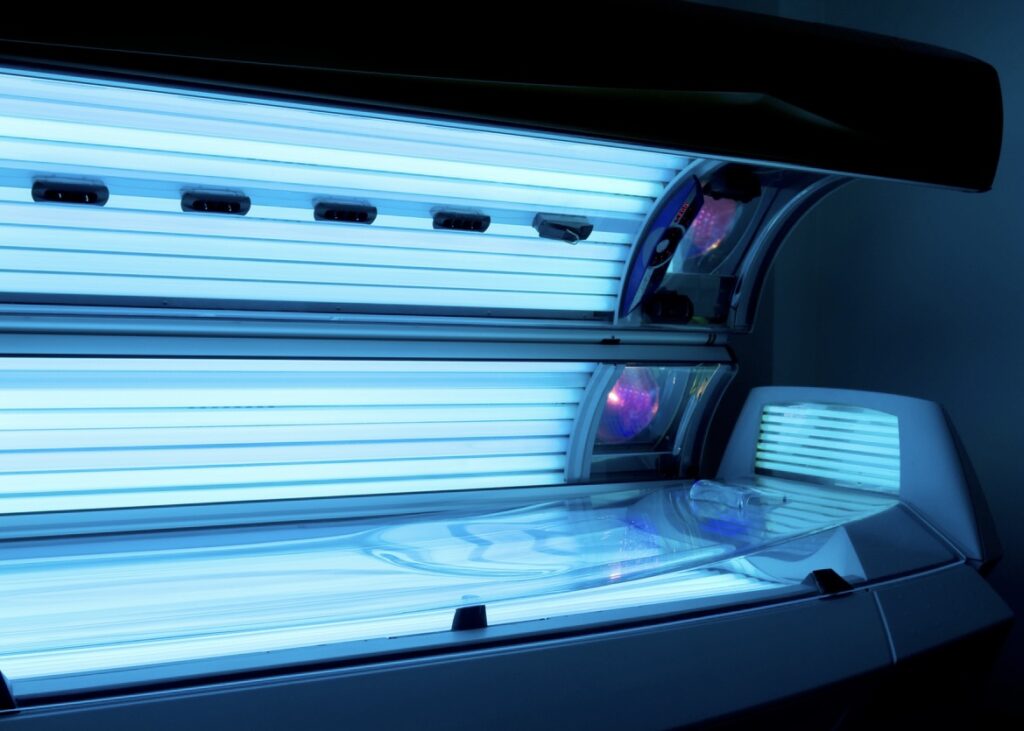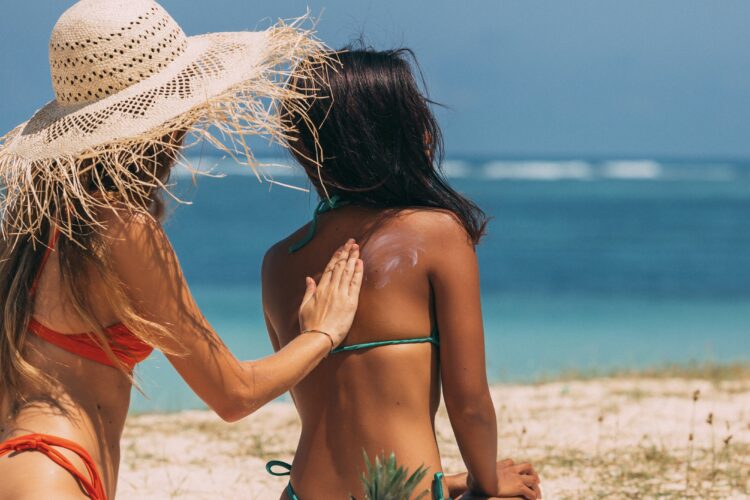As daytime gets longer and the sun shines warmer, we bid spring goodbye to make way for summer. We swap our knitted sweaters with swimsuits and take out our flip-flops as we store our boots away. Summer is when we look forward to enjoying the outdoors, from beach getaways to camping in the mountains. Social media content nearly doubles as summer vibes and tan lines invade our feeds. But behind all the laid-back aesthetic and carefree attitude that naturally comes with the season, there’s also a worry that arises from the increasing amount of people sun tanning and going under sunbeds to achieve that summer aesthetic.
Tanning is the process where the skin is exposed to ultraviolet (UV) rays for long periods to achieve a darkened skin color, which can be done indoors using tanning beds or outdoors through sun exposure. The ‘glow’ that comes after tanning may be aesthetically appealing but, on a microscopic level, is a sign of skin damage. Contrary to popular belief, there is no such thing as a ‘healthy tan’. Tanning is a protective reaction against UV exposure, so when the skin starts to darken, it already indicates DNA and cell injury.
There are two different types of UV rays responsible for the stimulation of melanin, a substance produced by the body that causes pigmentation: UVA and UVB. Both are naturally produced by the sun and are used artificially in sunbeds. UVA rays penetrate deep into the skin and are absorbed by the dermis, causing aging and wrinkling. Meanwhile, UVB rays are absorbed superficially by the epidermis, which give rise to sunburns. An ultraviolet index (UVI) is a helpful tool to measure the level of radiation and can indicate the need for sun protective behaviors, such as using sunscreen or seeking shade at specific times of the day. The higher the UVI, the greater the potential of skin damage and lesser time for it to take place.

According to the Food and Drug Administration (FDA), tanning increases the risk of developing skin cancer, such as basal cell carcinoma, squamous cell carcinoma, and melanoma. A one-time indoor tanning session can increase the risk of melanoma before the age of 35 by about 75%. In fact, there are more skin cancer cases worldwide compared to lung cancer due to smoking, as stated by the Skin Cancer Foundation. Also, it is not possible to obtain vitamin D from sunbeds. For vitamin D acquired from sunlight, it is best to have a small amount of sun exposure daily for around 20-30 minutes compared to long exposures in a day, which is usually associated with the tanning process.
In a nutshell, it is important to prioritize our health first before succumbing to society’s beauty standards for the summer. The best way to protect our skin is to avoid tanning entirely. There are other ways to achieve a tan without damaging your skin, such as spray-ons and lotions. When going under the sun, check the UVI, which is usually high between 10 AM to 4 PM, and apply sunscreen. The American Academy of Dermatology recommends SPF 30 or higher with broad spectrum protection, which protects against both UVA and UVB. There are also two different types of sunscreens to take note of that have different ways to combat UV rays: chemical and mineral. Depending on preference and skin type, you can use the most suitable one for you. Mineral sunscreens act as a physical barrier that sits on top of your skin to deflect the UV rays, On the other hand, chemical sunscreen is absorbed into the deep layers of the skin and convert the harmful rays into heat, which can be released. Also, be generous when applying sunscreen to your face and body to secure maximum protection. Go under the shade as much as possible especially during peak times, and wear protective clothing, like sleeves, sunglasses, and a hat. It is definitely possible to have fun and look good this summer without sacrificing your skin health if you follow these tips.
Roselle Torres
If you found the article interesting, I also recommend this:




